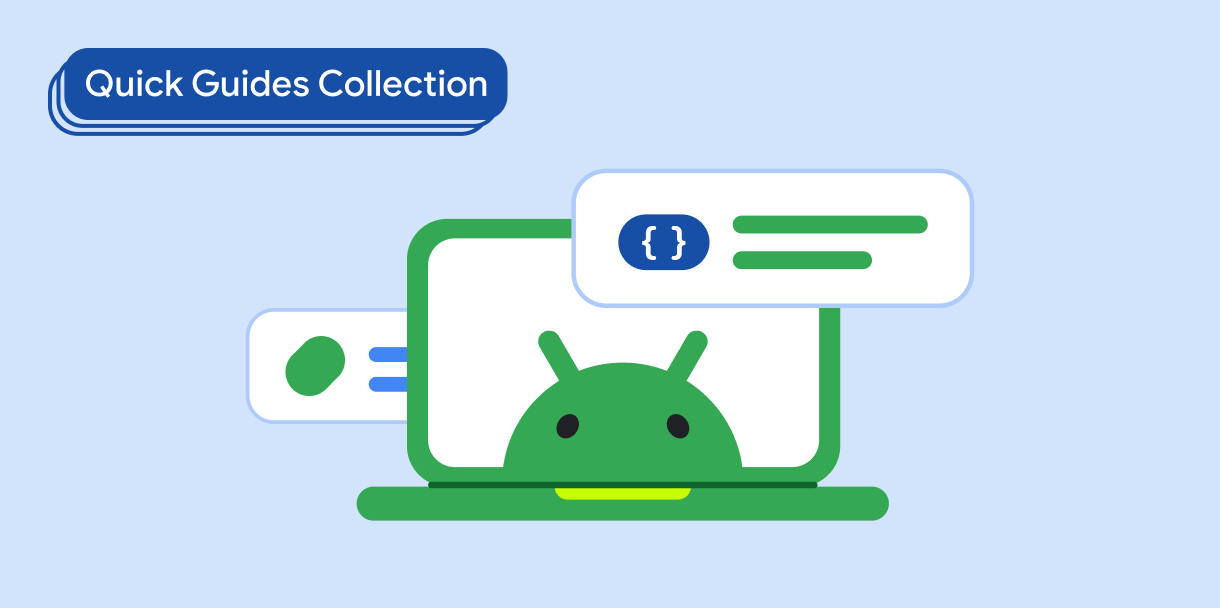WebView 是一个常用的组件,用于提供一种高级的状态管理系统。WebView 必须在配置更改后保持原来的状态和滚动位置。用户旋转设备或展开可折叠手机时,WebView 可能会丢失滚动位置,这会迫使用户从 WebView 顶部重新滚动到之前的滚动位置。
WebView 善于管理其状态。您可以利用这种特性,管理尽可能多的配置更改,以最大限度地减少 WebView 的重新创建次数。您的应用应处理配置更改,因为重新创建 activity(系统处理配置更改的方式)会重新创建 WebView,这会导致 WebView 丢失状态。
结果
应用的 WebView 组件在遇到多种配置更改时仍可保持原来的状态和滚动位置,无论是调整大小、更改屏幕方向还是折叠和展开设备都不例外。
版本兼容性
此实现与所有 API 级别兼容。
依赖项
无。
管理状态
在配置更改期间尽可能避免重新创建 activity,并让 WebView 失效,以便它可以在保持其状态的同时调整大小。
管理 WebView 状态:
- 声明由应用处理的配置变更
- 使
WebView状态失效
1. 将配置更改添加到应用的 AndroidManifest.xml 文件中
指定由您的应用(而不是由系统)处理的配置更改,以避免重新创建 activity:
<activity
android:name=".MyActivity"
android:configChanges="screenLayout|orientation|screenSize
|keyboard|keyboardHidden|smallestScreenSize" />
2. 每当应用收到配置更改时,让 WebView 失效
Kotlin
override fun onConfigurationChanged(newConfig: Configuration) {
super.onConfigurationChanged(newConfig)
webView.invalidate()
}
Java
@Override
public void onConfigurationChanged(@NonNull Configuration newConfig) {
super.onConfigurationChanged(newConfig);
webview.invalidate();
}
此步骤仅适用于 View 系统,因为 Jetpack Compose 无需让任何元素失效即可正确调整 Composable 元素的大小。不过,如果管理方式有误,Compose 会经常重新创建 WebView。
要点
android:configChanges:清单<activity>元素的属性。 列出由 activity 处理的配置更改。View#invalidate():导致系统重新绘制 View 的方法。由WebView继承。
包含本指南的集合
本指南属于以下精选的快速指南合集,涵盖了更广泛的 Android 开发目标:

针对大屏设备进行优化
让您的应用能够在平板电脑、可折叠设备和 ChromeOS 设备上提供优化的用户体验。
有问题或想提供反馈
前往我们的常见问题解答页面,了解快速指南,或者联系我们并告知您的想法。



